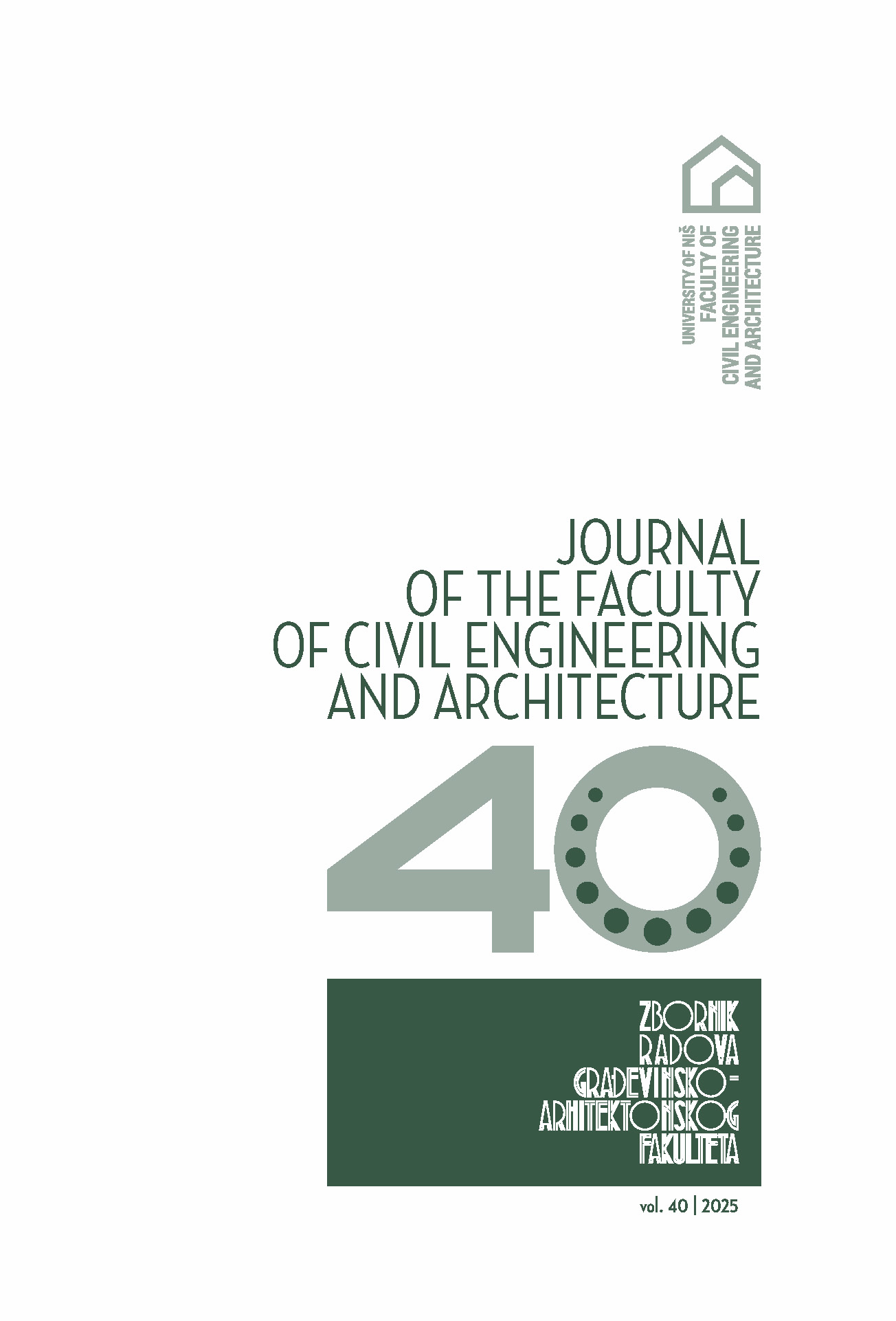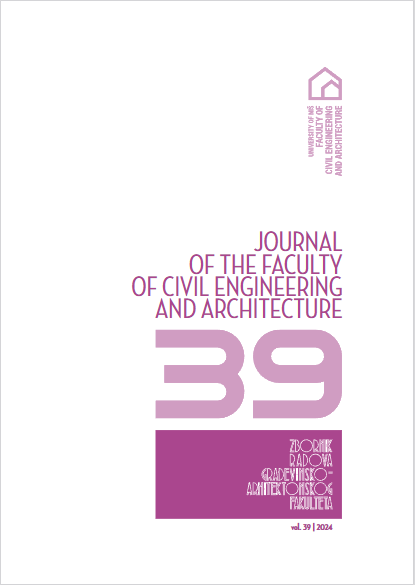PROBABILISTIC ESTIMATION OF LIFE-CYCLE CHLORIDE-INDUCED CORROSION
Coastal bridges constitute critical components for the transportation in offshore areas, and thus their serviceability and safety against hazard such as earthquakes need to be ensured in a life-cycle perspective. However, coastal bridges are confronted with significant corrosion that results in degradation effects mainly on concrete piers. This can...
By JIABIN LIU, HENG MEI, ANDRIJA ZORIĆ





